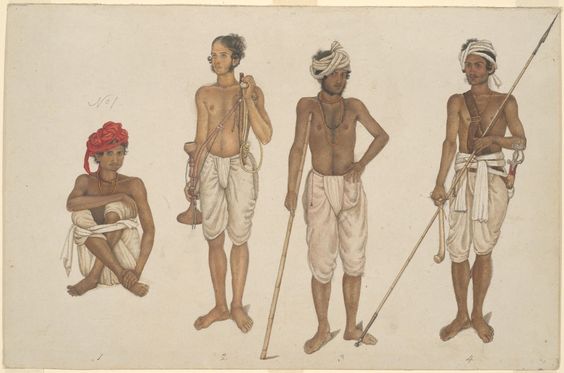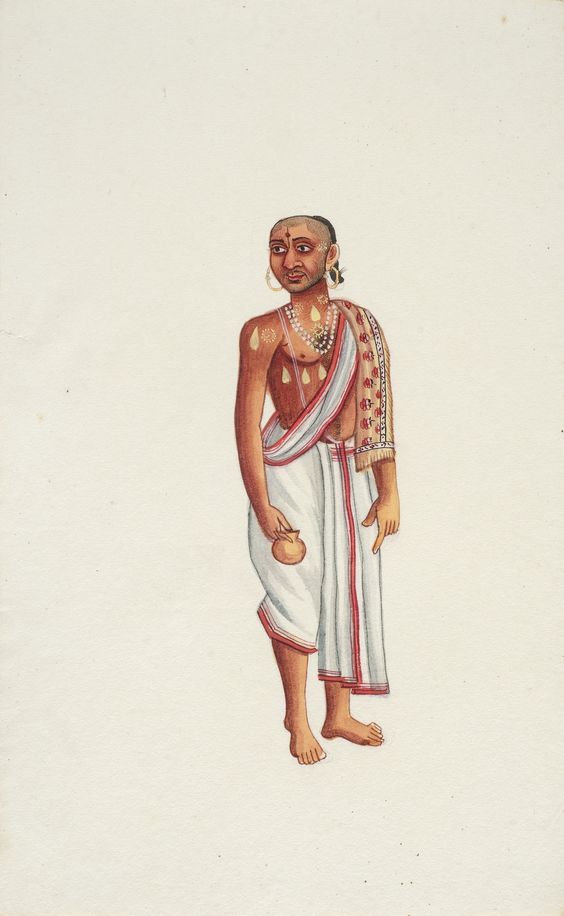Drapes of India – Gods, Sages, Kings and Man
25/01/2024 2024-07-03 23:23Drapes of India – Gods, Sages, Kings and Man
Drapes of India – Gods, Sages, Kings and Man
Drapes of India for men:
We were all mesmerized by the Ram idol in Ayodhya and every other idol that we see in our temples, what caught everyone’s eye was the beautiful drapes that were carved on the stone, so elegantly that it looked as if the little Rama was wearing an actual Dhoti!
What is a Dhoti?
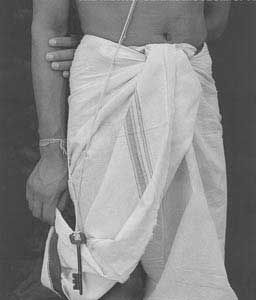
A dhoti is a conventional piece of clothing worn by men in South Asia, especially in India, Bangladesh, and Sri Lanka. It could be a rectangular piece of cloth that’s hung around the midsection and legs and is more often than not made of cotton or silk. The length of the dhoti can shift, but it ordinarily ranges from 4 to 7 yards (3.7 to 6.4 meters).
Source: pinterest
How to wear a Dhoti?
How the dhoti is hung and its drapes can shift depending on the locale and social conventions. By and large, it is wrapped around the abdomen and legs, with one conclusion tucked in at the midsection and the other hung over the bear or wrapped around the head. The fashion of the dhoti and the way it is hung can also demonstrate the wearer’s social status, devout association, or other social variables. Dhotis are commonly worn at formal events, such as weddings and devout ceremonies, but can also be worn as ordinary clothing. They are regularly matched with a kurta, a long free shirt that’s moreover conventional clothing in South Asia.
Source: pinterest
Drapes of women:
Whereas Indian ladies broadly wear wonderful saris, for Indian men, the proportionate of the conventional article of clothing is the Dhoti. The Dhoti could be a common shape of menswear in India. Originating from the Sanskrit word “dhoti”, which suggests to “cleanse or wash”, the Dhoti alludes to a cleansed article of clothing which is a portion of ordinary wear and as often as possible worn.
Dhoti Shape:
Source: Pinterest
The shape of men’s pants, and the fashion of the Dhoti advanced from the Antriya, which was an antiquated article of clothing that was worn by passing a cloth through one’s legs and tucking it in at the back of the abdomen. The Antriya freely secured one’s legs and fell into long creases at the front.
Types of Dhotis:
A portion of Indian men’s national and ethnic ensemble, the Dhoti is additionally alluded to as dhoti, chaadra, mardani, dhotar, and panchey. The conventional Dhoti is made of a single rectangular piece of unstitched cloth. It more often than not measures around four and a half to five meters or fifteen feet long.
Similarities of Sarees and Dhotis:
The Dhoti is worn just like a woman’s saris, it drapes around one’s abdomen. In any case, the most distinction is that the Dhoti wraps around the midsection and hips, with one conclusion at that point going between the legs and is at last hitched or tucked into the belt at either the front or the back. This way of wearing makes a fit and outline that’s much like one’s regular pants. The common Dhoti fashion of bottoms wraps freely around the thighs or upper area of the leg and after that gradually narrows and decreases down towards the hemline. Be that as it may, the precise way one wraps a Dhoti around the body to make a footpiece of clothing generally depends on the locale where one is from. It is commonly worn over loincloth underpants such as a kaupinam or langot. One seems to envision the Dhoti as a semi-relative of a sari and match of a collection of mistress pants but of course, with a special Indian pizazz.
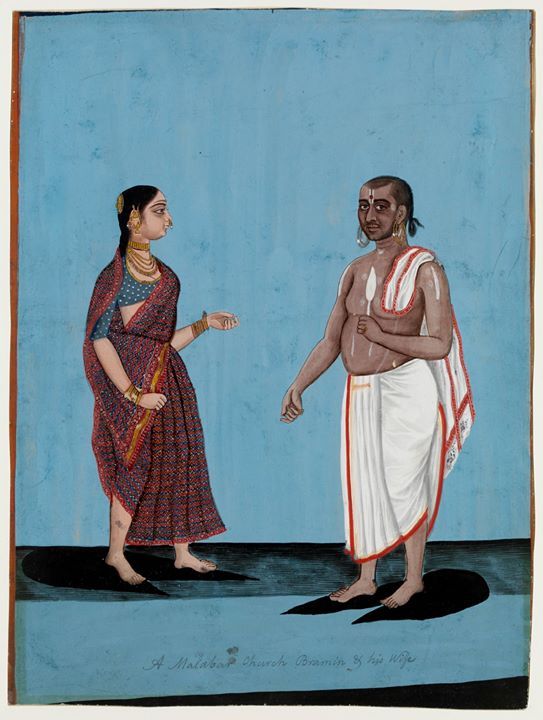
Source: Pinterest
Types of Dhoti Fabrics:
Cotton and silk are ordinarily utilized for the Dhoti‘s rectangular texture. Whereas dark is ostensibly the foremost common color for pants, when it comes to Dhotis, plain white and solid cream are the foremost predominant colors worn by Indian men. The fashion and texture of the Dhoti make it both a down-to-earth and comfortable piece of clothing to wear all through the year, particularly with India’s tropical climate. Cotton dhotis, worn with a kurta or shirt, are more often than not implied for everyday utilize and are more casual in fashion. In any case, the Dhoti isn’t fair for ordinary wear. They are worn for different events, including formal celebrations, conventional occasions, and devout ceremonies. When it comes to formal wear, counting Dhotis worn for wedding ceremonies, one will discover men wearing silk Dhotis with weaved borders combined with an angavasthram for the upper body. The Dhoti is additionally ordinarily worn by Indian lawmakers because it may be a conventional clothing that passes on specialist, nobility, and regard. In any case of an event, the Dhoti could be a conventional piece of clothing that recognizes Indian men.
Dhotis Worn by Men:
The dhoti has a long and rich history in Indian culture, dating back thousands of years. The word “dhoti” comes from the Sanskrit word “dhauta,” which means washed or cleansed. Here is a brief history of the Indian dhoti:
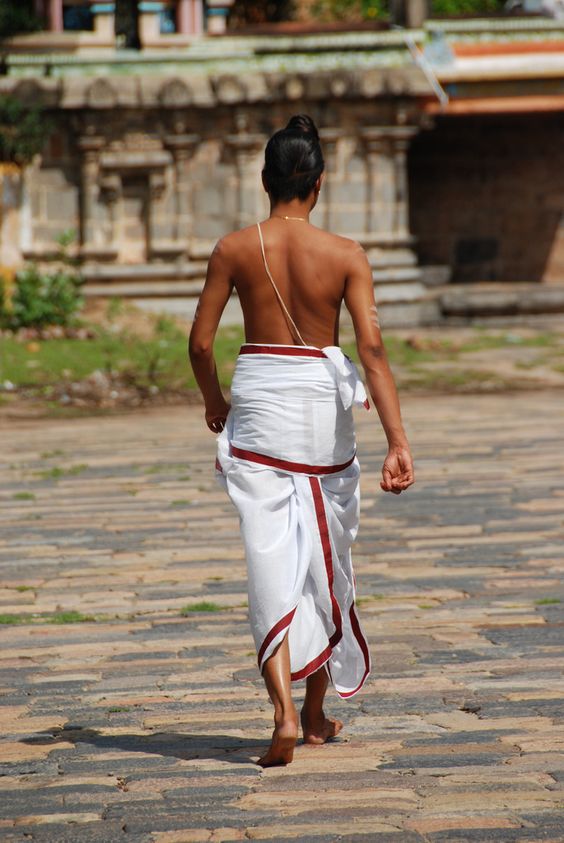
Ancient Times: The dhoti is believed to have originated in the Indus Valley Civilization around 2500 BCE. It was worn by both men and women and was made from a single piece of cloth draped around the waist and legs. Over time, the dhoti evolved into a more refined garment for men, while women began to wear sarees.
Vedic Period: During the Vedic period (1500-500 BCE), the dhoti became a symbol of purity and was worn by priests during religious rituals. It was made from pure white cotton or silk and was washed and ironed before each use to maintain its purity.
Medieval Times: During the medieval period (600-1600 CE), the dhoti became more elaborate and was worn by men of all social classes. Different regions of India developed their styles of dhoti, with variations in length, draping style, and fabric.
British Colonial Period: During British colonial rule in India (1757-1947), Western-style clothing became more popular among the educated elite, but the dhoti remained a staple garment for many Indians, particularly in rural areas.
Modern Times: Today, the dhoti is still worn by men in India for both formal and casual occasions. It remains an important symbol of Indian culture and tradition and is often paired with a kurta or other traditional garments.
The Garment donned by the Gods
Yes, several Hindu gods are depicted wearing dhoti, which is considered a sacred and pure garment in Hindu culture. Here are some examples:
Lord Ganesha: The elephant-headed god of wisdom and prosperity, Lord Ganesha is often depicted wearing a dhoti and a sacred thread (upavita) around his torso. This symbolizes his status as a Brahmin or priestly class.
Lord Vishnu: The preserver of the universe, Lord Vishnu is often depicted wearing a dhoti with a long scarf or shawl (uttariya) draped over his shoulder. This symbolizes his royal status and his role as the protector of dharma (righteousness).
Lord Krishna: The god of love and compassion, Lord Krishna is often depicted wearing a dhoti and a peacock feather on his head. This symbolizes his playful and carefree nature.
Lord Rama: The hero of the Hindu epic Ramayana, Lord Rama is often depicted wearing a dhoti and a crown or turban on his head. This symbolizes his status as a prince and his righteous and just nature.
So, this was a very general brief about how drapes of men happen around the country and how it was evolved. And all this comes from the inspiration that is there in the History of Indian Fashion. You can learn more about such wonderful things in our country and world here at JD Institute of Design. Apply at www.jdinstitute.edu.in to know and learn more about a career that you always dreamed of.

